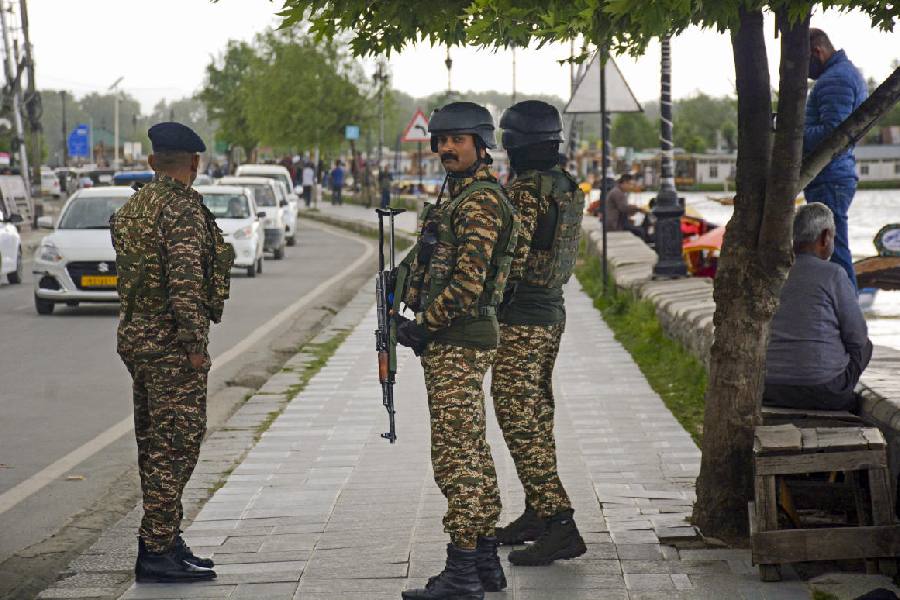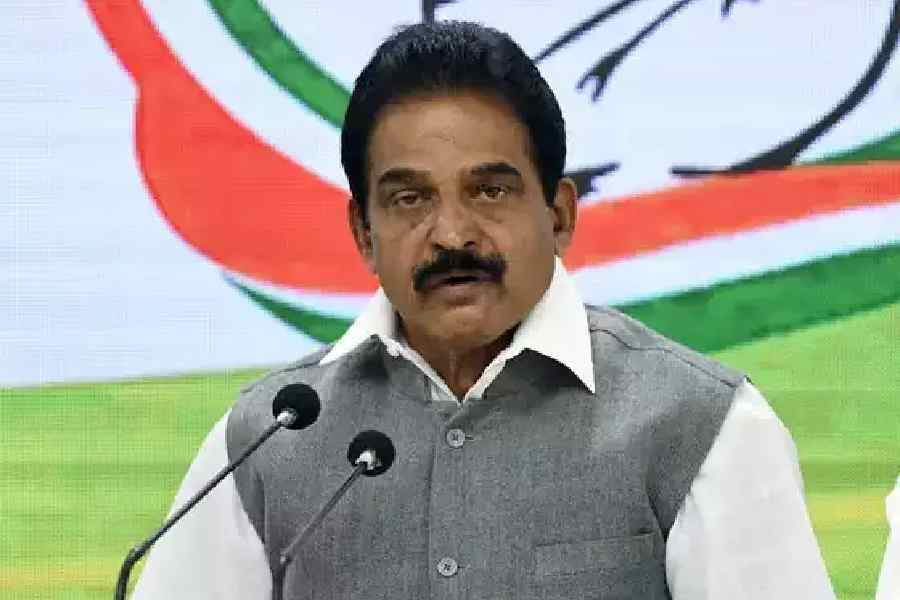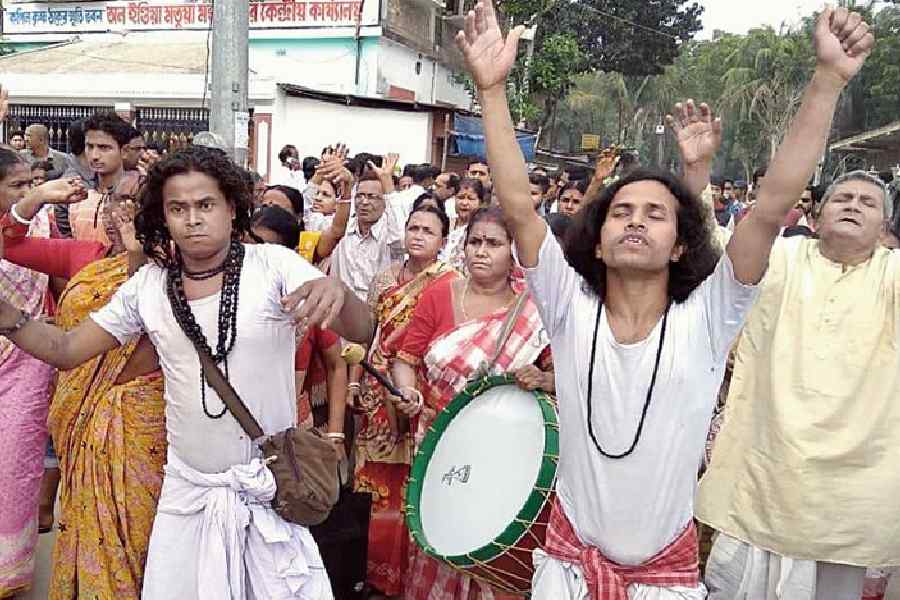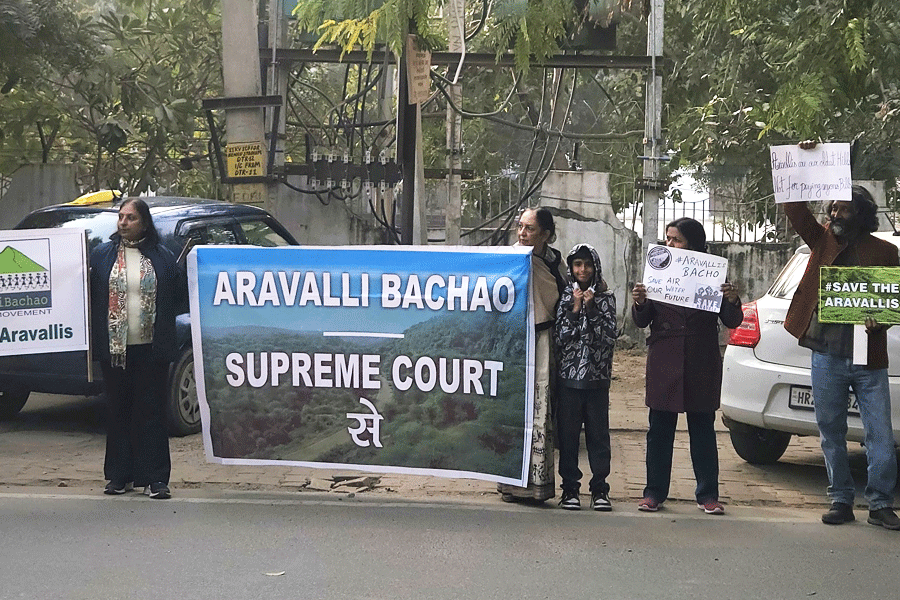Since 2019, the year the Narendra Modi government revoked Article 370, the beginning of each August witnesses discussions and speculation on the restoration of statehood to the Union territory of Jammu and Kashmir. This year too, the Supreme Court is set to hear the matter of J&K’s statehood in a few days. But the statehood discussion should not deflect public attention from one of the stated principles of Mr Modi’s regime concerning the abrogation of Article 370: better integration of Kashmir with the rest of the nation. It can be argued — by joining a series of dots as evidence — that the chasm, instead of getting bridged, seems to have been widened. Consider Sunday’s vicious assault by a senior army officer on Spice Jet employees, one of whom happens to be a Kashmiri Muslim: the victim of the attack has been taunted and the assault on him justified. After the Pahalgam bloodbath, Kashmiris had been harassed in different parts of India; later, during India’s military confrontation with Pakistan, television channels, ostensibly the government’s poodles, had falsely labelled a Kashmiri teacher in Poonch — he died in cross-border shelling — as a terrorist. Even Himanshi Narwal, who had lost her husband in Pahalgam, was subjected to a vicious hate campaign after she stated — courageously — that Muslims and Kashmiris should not be targeted in light of the terror attack. These incidents are part of a long chain of targeted persecution that Kashmiris and Muslims have faced, and continue to face, in New India.
For the rest of the nation, Kashmir’s integration seems to be overwhelmingly imagined in terms of conducive conditions for tourism or the creation of national infrastructure. What disappears through the cracks are those who matter the most — Kashmir’s ordinary people. It can be argued that India finds it difficult to relate to and empathise with a population that has, for years, been subjected to militancy, military retaliation, mischief from across the border, political and administrative arbitrariness from New Delhi and economic drudgery, among other challenges. The rising tide of muscular Hindutva in India’s political landscape has not only sharpened divisions but also led to the inception of a culture of antipathy towards Kashmiris: their Muslim identity is a significant factor in this ostracisation.










